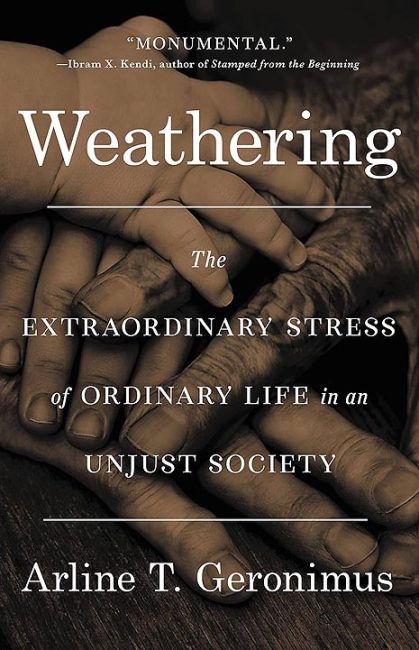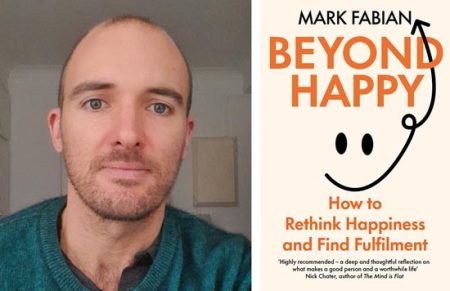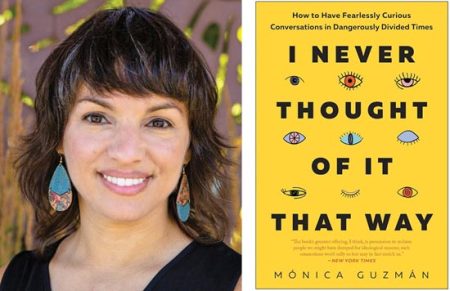By the Dawn’s Early Light
 Untold Stories of the Great Migration and the Civil-War Era
Untold Stories of the Great Migration and the Civil-War Era
Book Reviews by Sharon L. Shervington
The Twelve Tribes of Hattie has created quite the buzz, one that will likely only increase in volume. This highly accomplished first novel is the quintessential story of a woman, Hattie, who moves North at the age of 15 in one of the huge waves of black people fleeing devastating violence and economic oppression in the South. The family leaves Georgia after the father is shot dead by white residents who openly covet his successful blacksmithing shop. This period, from 1915 to 1970, is one from which we can expect many more stories in future, as grandchildren and other descendents of these hardy American pioneers continue to come into their own.
Hattie, a beautiful “high yellow” woman, comes to Philadelphia, and knows immediately that she has made the right decision. But her new life is never easy, and is in fact shadowed early on by a loss from which she never really heals. The story of Hattie unfolds through the eyes of her nine children, and describes a family that has fought so hard to survive that almost everything else is lost. This mother’s rage and pain simmer in a deep pool inside her and spill over onto the children she wants to love. As a result, each adult child lives a life of profound isolation and loneliness.
This family’s story is a road map of depression, a condition that generally remains taboo in African-American culture. Physical and verbal abuse are the norm, with no hint of tenderness. While these child-rearing methods may have been useful at a time when imminent violence was a daily hazard, such techniques leave children who have been exposed to them with their own deep levels of anger, pain and dysfunction, leading to a failure of personal insight, an inability to recognize and meet some very basic human needs, and a continuing legacy of isolation, addiction, and regret. Though physical needs are met, the family members live in an emotional desert.
While the book is rooted in the particular racial dynamics of the time of the black migrations north, it is a universal story that will continue to unfold in any culture where women hold the responsibilities but are not respected, where stoicism stands in for joy, and where pride stands in the way of asking for help. (The Twelve Tribes of Hattie; by Ayana Mathis; Knopf; $24.95; 243 pages)
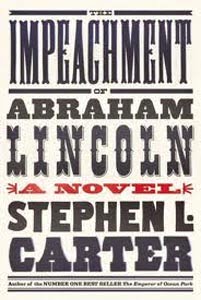 Two other novels are of particular interest this month. They are set in Washington during and after the Civil War, and both share Abraham and Mary Todd Lincoln as themes. The first is The Impeachment of Abraham Lincoln, which presupposes that President Lincoln was not killed by John Wilkes Booth in the theater attack, but instead recovered from his wounds. The charges involve presidential authority and give the author a chance to examine Mr. Lincoln’s attitudes toward Reconstruction. This historical thriller, in which Mr. Lincoln’s lawyers’ ability to prove his innocence hinge on a lost secret document, also features spy craft, epic plot twists, and an unforgettable heroine, Abigail Canner.
Two other novels are of particular interest this month. They are set in Washington during and after the Civil War, and both share Abraham and Mary Todd Lincoln as themes. The first is The Impeachment of Abraham Lincoln, which presupposes that President Lincoln was not killed by John Wilkes Booth in the theater attack, but instead recovered from his wounds. The charges involve presidential authority and give the author a chance to examine Mr. Lincoln’s attitudes toward Reconstruction. This historical thriller, in which Mr. Lincoln’s lawyers’ ability to prove his innocence hinge on a lost secret document, also features spy craft, epic plot twists, and an unforgettable heroine, Abigail Canner.
Miss Canner, a brilliant and beautiful Oberlin graduate, is determined to become the nation’s first black female lawyer; she finds herself at the center of the book’s deadly political shenanigans when she takes a job clerking for the firm that is representing the president. Romance flourishes amid post-Civil War racial mayhem, and while a slew of white men are threatened by her intellect, a few are dazzled, and assist and protect her in cracking the case in which Lincoln is the accused, and people keep turning up dead.
This is a clever and sharp romp that remains engaging despite the difficult racial and gender climate at the time for people like Abigail, and the alternative-history framework is supported by good research and a light touch. At times things get a bit too complicated, but the payoffs are worth the elaborate convolutions. (The Impeachment of Abraham Lincoln; Stephen L. Carter; Knopf; $26.95; 506 pages)
 A much lighter but still very entertaining read is Mrs. Lincoln’s Dressmaker, which explores the life of Elizabeth Hobbs Keckley. This woman, born enslaved, eventually saved enough to purchase freedom for herself and her only child, a son, George. Mrs. Keckley was an accomplished couturier who designed gowns for Washington’s elite on her way to becoming Mrs. Lincoln’s personal fashion designer. The book focuses on the relationship between the two women along with the events of Mrs. Keckley’s life and work, not only as a designer but also as a philanthropist and author.
A much lighter but still very entertaining read is Mrs. Lincoln’s Dressmaker, which explores the life of Elizabeth Hobbs Keckley. This woman, born enslaved, eventually saved enough to purchase freedom for herself and her only child, a son, George. Mrs. Keckley was an accomplished couturier who designed gowns for Washington’s elite on her way to becoming Mrs. Lincoln’s personal fashion designer. The book focuses on the relationship between the two women along with the events of Mrs. Keckley’s life and work, not only as a designer but also as a philanthropist and author.
Among the many interesting details are the facts that freedwomen had to carry special passes at all times, and that black refugees from the war were referred to as contraband. I am now eager to read Mrs. Keckley’s memoir, Behind the Scenes: Or, Thirty Years a Slave, and Four Years in the White House. While it may well have cemented this extraordinary woman’s place in history, the book caused an enduring rift between the two women. (Mrs. Lincoln’s Dressmaker; Jennifer Chiaverini, Dutton; $26.95; 356 pages)
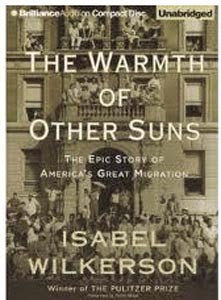 These Black History Month recommendations would be incomplete without a mention of three stellar examples of narrative nonfiction that will be at home on the bookshelf of any history buff. The Warmth of Other Suns: The Epic Story of America’s Great Migration, published in 2010 by Random House, is already considered a classic. Isabel Wilkerson, who was the first black woman to win a Pulitzer Prize in journalism (in 1994, as Chicago Bureau Chief for The New York Times) seems to have started a resurgence in this subgenre.
These Black History Month recommendations would be incomplete without a mention of three stellar examples of narrative nonfiction that will be at home on the bookshelf of any history buff. The Warmth of Other Suns: The Epic Story of America’s Great Migration, published in 2010 by Random House, is already considered a classic. Isabel Wilkerson, who was the first black woman to win a Pulitzer Prize in journalism (in 1994, as Chicago Bureau Chief for The New York Times) seems to have started a resurgence in this subgenre.
The Black Count: Glory, Revolution, Betrayal and the Real Count of Monte Cristo is an amazing must-read for Dumas fans. The General was the child of an enslaved mother and fugitive French nobleman who was raised in Paris as a sword-wielding member of the French aristocracy. When the French Revolution began he entered the military and quickly rose through the ranks to command 50,000 men. He lived by the sword but was known for his staunch ethical stands that prevented him from exploiting anyone weaker than himself. Ultimately, due to these principles, he became a threat to Napoleon.
While this book is about an individual, it also examines how Dumas, the Chevalier de Saint-Georges, and other elite men of color found themselves under suspicion as potential counter-revolutionaries – though, in fact, they were examples of its highest ideals. (The Black Count; Tom Reiss; Crown; $27; 414 pages)
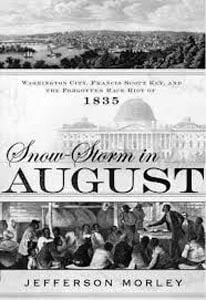 Finally, Snow-Storm in August is an account of Francis Scott Key’s role in the aftermath of the first race riot in the city of Washington in 1835. Though he is noted mainly as the author of the lyrics to “The Star Spangled Banner,” he also was a politically ambitious attorney who pandered to racial fears as he defended slavery. But this is not just his story: rather it explores the close relationships that often crossed racial lines and, in this case, led to an ironic piece of justice that deserves to be remembered. (Snow-Storm in August; Jefferson Morley; Nan A. Talese, Doubleday; $28.95; 334 pages)
Finally, Snow-Storm in August is an account of Francis Scott Key’s role in the aftermath of the first race riot in the city of Washington in 1835. Though he is noted mainly as the author of the lyrics to “The Star Spangled Banner,” he also was a politically ambitious attorney who pandered to racial fears as he defended slavery. But this is not just his story: rather it explores the close relationships that often crossed racial lines and, in this case, led to an ironic piece of justice that deserves to be remembered. (Snow-Storm in August; Jefferson Morley; Nan A. Talese, Doubleday; $28.95; 334 pages)

